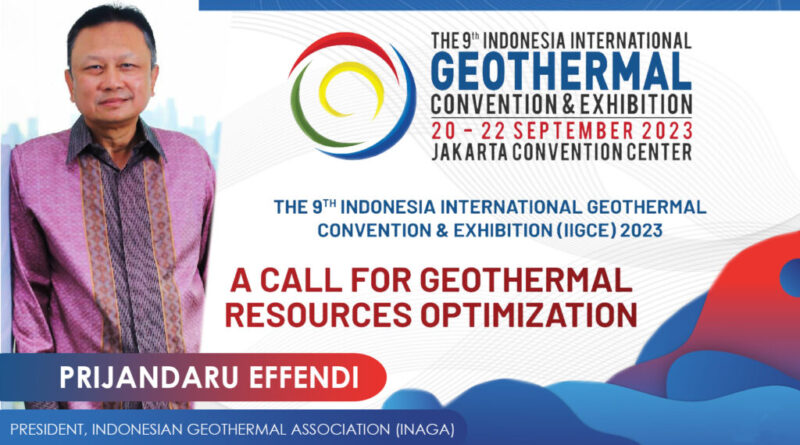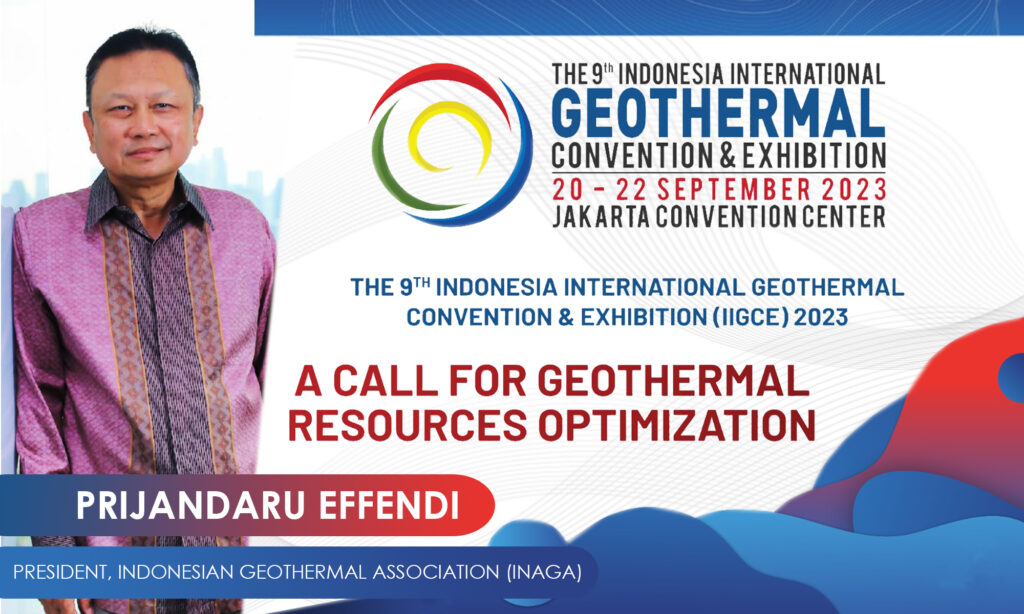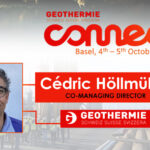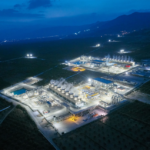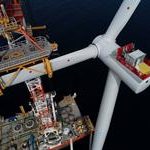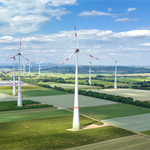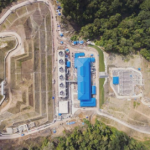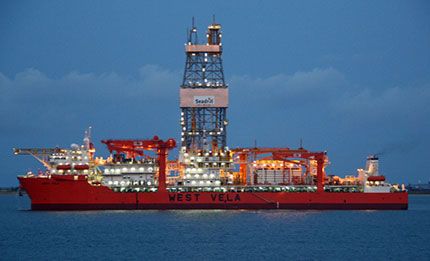Interview – IIGCE 2023 to highlight investment opportunities in Indonesian geothermal sector
Energy Disrupter
In this interview, INAGA President Prijandaru Effendi highlights the legislative efforts to make the Indonesian geothermal sector attractive for investment and development.

The 9th Indonesia International Geothermal Convention and Exhibition (IIGCE) will be taking place on 20 – 22 September 2023 in the Jakarta Convention Center. This annual event has been organized by the Indonesian Geothermal Association (INAGA) for the past eight years and regularly draws participation from all players and stakeholders in the geothermal industry including developers, policymakers, equipment manufacturers and suppliers, civil society organizations, consultancies, students, and journalists.
Ahead of the IIGCE, we sat down for an interview with Prijandaru Effendi, the President of INAGA, to discuss the strides that the Indonesian government has made in making the country’s geothermal sector attractive for investment, what else needs to be done, and what to expect from this year’s event.
Registration for the 9th IIGCE is currently ongoing. Register and secure your spot via this link.
What can you say about the agenda for the 2023 IIGCE? What topics or themes can the participants expect to be discussed?
IIGCE is the annual event held by INAGA as part of our bylaws with the intention of promoting investment in the geothermal industry of Indonesia. We do this by providing updates on the geothermal sector of Indonesia, particularly on the side of regulation.
As many know by now, Indonesia has an abundance of geothermal resources. From the 24 GW of geothermal potential, only about 10% is currently being used to generate electricity. So, there is a lot of space for the right investment to help the government develop geothermal in Indonesia.
It must also be noted that from the potential geothermal resources in Indonesia, most of the high-enthalpy potential has already been developed. Therefore, now we are encouraging the development opportunities in the mid to low-enthalpy sector. This ties into this year’s theme – “A Call for Geothermal Resources Optimization.”
As with many other countries, there is now a focus on pushing for legislation to help accelerate geothermal. What have been the challenges of developing geothermal based on Indonesia’s legislation and what can be done to make geothermal more competitive?
For the geothermal industry, we are being heavily regulated both in the upstream and in the downstream. In the upstream, there are a lot of requirements that we have to comply with in terms of permitting. In the downstream, however, the most difficult challenge for us is the regulation on the tariffs. The government today is still setting the tariff based on the affordability of PT PLN as a single buyer.
Last year, the government enacted a presidential decree that basically promised that there will be a new tariff and some incentive scheme that the government will provide later on improve the economics of geothermal. Today, we are still working with the government on how we are able to improve the economics of geothermal based on a given set of tariffs.
We are now waiting for the implementing regulations that would spell out what type and how much incentives we can get. Without those implementing regulations, there is nothing that we can do today but to wait and see.
Aside from the legislation, there are also some breakthroughs in technology that can make geothermal more competitive. For instance, a company from China has introduced a turbine expander that has been operational here for more than three years that can provide a higher availability factor.
This combination of government incentives, tax reduction and exemption, drilling done by the government, plus the new technologies greatly increase the competitiveness of geothermal.
What proposals can you make in improving the upstream side of geothermal development?
We are expecting that all the goods used for geothermal projects, whether imported or produced domestically, should be exempted from taxes. This will help greatly in reducing the costs for development.
In terms of permitting, the biggest challenge would be the fact that developers will likely be dealing with prospects in protected forests. As you know, the potential geothermal resources are mostly located in remote and not very well-developed areas. They are also normally in high elevations and close to mountains. Therefore, the government should speed up the issuance of forestry permits, as well.
Despite the challenges you have mentioned, there seems to be an influx of foreign companies wanting to invest in Indonesia’s geothermal sector. How is this affecting the dynamic of developing geothermal projects?
To be honest, I currently do not see a big appetite for new players to enter the geothermal market in Indonesia. Recently, there was news of the Way Ratai geothermal working area (Wilayah Kerja Panas Bumi or WKP) being awarded to PGE and Chevron. Yes, I realize that there are some big players coming in but they just buy the equity, they do not want to start from exploration.
As you know, in exploration today, the risk is not only about the resources but also about the regulations. The regulation today requires us to start drilling first before we are able to conclude a binding PPA as well as the tariff with PLN. In the beginning when a developer secures a geothermal business license (Izin Panas Bumi or IPB), PLN shares an agreement that stipulates only an indicative tariff. The developer then needs to spend on exploration and prepare a feasibility study before they can go back to PLN to negotiate not only the PPA, but also the tariffs.
This is the kind of thing that encourages new investors to just buy stake on a project that is already operational rather than on a greenfield which has uncertainty in terms of regulation.
The current regulation can be effective if the government sets a fixed deadline on tariff negotiations. Let’s say, if the negotiation is not completed within six months, then the government assigns an independent consultant to be the arbitrator and set a tariff that will be agreed by both parties. I believe that an independent review will result in an objective tariff considering the capacity and cost of a project.
How about direct-use applications for geothermal? Are there any major opportunities or markets for this in Indonesia?
The regulation on direct-use geothermal is not yet complete and has been overdue for more than three years. This is basically because there is no demand. Currently, geothermal heating is only used at the community level and not for any commercial purpose.
Direct-use geothermal is normally good for promoting tourism. Unfortunately, Indonesia does not have a cold season that will make hot spring tourism very attractive. It’s still possible but the lack of economics will prevail. Hot springs and onsens are not yet very popular in this country.
That’s why the regulation on governing direct use is not prioritized, because the government does not see potential demand. If the demand is strong, then the government will complete the regulation – it is not difficult.
Despite the prevalence of geothermal power projects in Indonesia, new projects are still met with opposition from local communities. What can you say about the state of social acceptance of geothermal in Indonesia?
If you follow the news in Indonesia, you will find that there are always demonstrations opposing big projects, not just geothermal. The important key for geothermal is that developers need to do socialization from the start, and as many times as necessary. This is already a big help in ensuring that a project will proceed.
The problem in Indonesia is that some projects get stranded because developers only get the geothermal business license, but not the PPA. The investors in this case do not want to spend lots of money because the project is not certain yet. This is not the case in oil and gas, because you have a huge market for oil and gas and it can even be exported. In geothermal, you have to deal with PLN and you have to secure the PPA first. Without the PPA, there is no project.
Without certainty of the project, the money available for doing CSR projects and community projects is also limited. However, you can still have an effective CSR program with limited socialization activities without having to spend too much. Of course, the developer will need to spend money and start hiring people for such efforts. It is important to hire the right people – don’t hire too many people from the big city, you must find a community leader.
It’s difficult with a limited budget, but a developer needs to manage the community issues at the start.
The upcoming IIGCE is shaping up to tackle some complex topics on geothermal development in Indonesia. Would you again like to invite stakeholders, investors, and developers to the IIGCE?
Indonesia has an abundance of geothermal resources. Of the 24 GW potential, only 10% is currently being utilized for power generation. The annual growth rate of installed capacity since the first time geothermal was developed back in 1983 has been very slow at only 60 MW per year.
The Indonesian government has a strong will to develop renewables, including geothermal, in line the with the 2060 Net Zero targets. In addition, the government has set a geothermal development target, which is very ambitious. Today, the government is working to improve conditions of the regulations for geothermal. There have been some challenges in meeting the demand of investors in line with project economics, but the government is now in a position to give the best effort to try to boost the development and investment in geothermal.
I believe that, sooner or later, we will find a way to accommodate investor expectations in terms of the project return and satisfy the condition of affordability set by the buyer. So, we are inviting investors to come to Indonesia but I must say – if you are building geothermal in Indonesia, expect it to be a marathon, not a sprint. You have to have enough endurance to finish without losing your energy in the middle. However, the rewards are worth the effort, as demonstrated by Indonesia’s excellent geothermal history.

